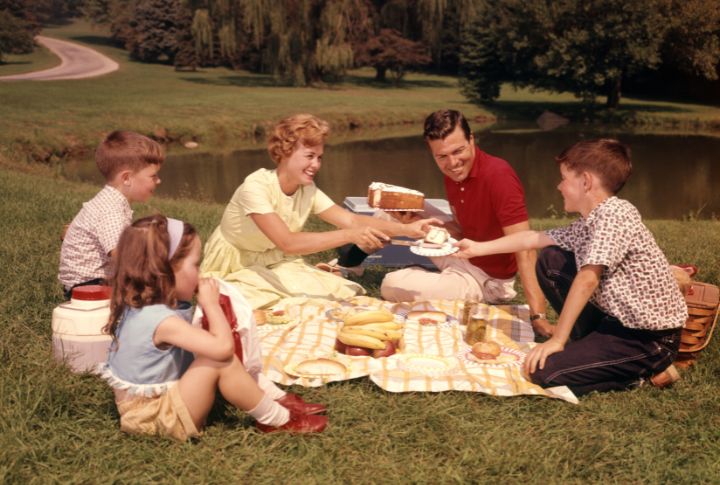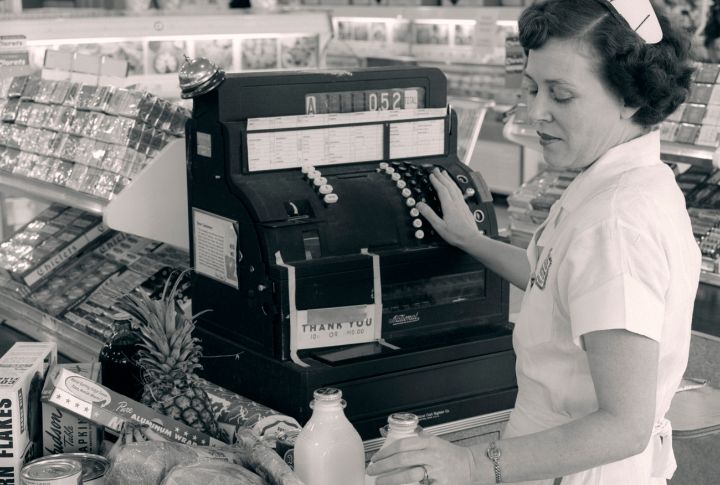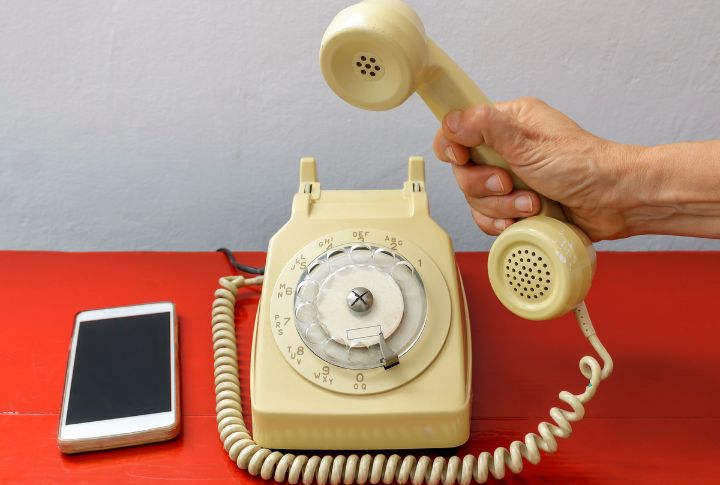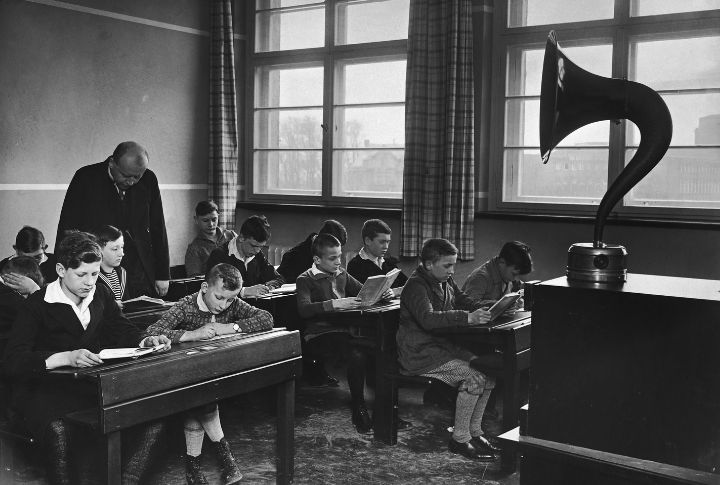
The 1950s often bring images of rock ‘n’ roll, drive-in movies, and picture-perfect suburban life. But let’s not kid ourselves—life back then wasn’t all sunshine and sockhops. Beneath the glossy veneer of poodle skirts and milkshakes, the decade had its fair share of challenges and shortcomings. Come along, let’s peel back the layers of nostalgia to uncover some of the less glamorous aspects of living in the 1950s.
The Social Straightjacket

Living in the 1950s meant you had to fit into a pretty tight mold. If you weren’t part of the nuclear family, society had a way of letting you know you were off script. Individuality? That, too, was not on the menu. Everyone was expected to conform to rigid social norms, which made it tough for anyone who dared to be different.
Segregation

The era may have had economic prosperity, but it was a far cry from being inclusive. Segregation was the law of the land in many places, especially in the South. Black Americans faced systemic discrimination, from separate schools to segregated public spaces. The fight for civil rights was brewing, but the ’50s were still steeped in deep-rooted divisions.
Limited Career Opportunities for Women

Back then, the job market was a man’s world. Women were relegated to roles as secretaries, teachers, or nurses, with little room for advancement. The concept of “having it all” was a distant dream women could not attain. Women who aspired to grow professionally and socially rarely got the chance to live their dreams.
The Second Red Scare

The Cold War era brought about the second Red Scare, where the fear of communism infiltrated American society. Accusations flew, many innocent people were blocked, and their careers and lives were turned upside down. McCarthyism fueled paranoia, and being labeled a communist sympathizer could spell the end of your social and professional life.
Healthcare Limitations

Sure, house calls from doctors sound quaint, but the healthcare system in the ’50s was far from ideal. Medical advancements were limited, and many illnesses we treat easily today were much more severe. Polio, for example, was a real threat until the vaccine became widespread. Mental health care was also rudimentary, with conditions often misunderstood, stigmatized, and mistreated.
Environmental Ignorance

The ’50s were a time of industrial boom, but that came with a hefty price tag for the environment. Factories chugged along, spewing pollutants without much thought to the consequences. Pesticides like DDT were used liberally, with little understanding of their long-term impact. Recycling? That wasn’t even a concept yet.
Consumerism Overload

The 1950s ushered in the age of consumerism, where having the latest gadgets and gizmos was a status symbol. But all that glitters isn’t gold. The pressure to keep up with the Joneses led to mounting debt and a focus on materialism. In the quest for the American Dream, people often find themselves in financial nightmares.
Education Inequality

Not all schools were created equal in the ’50s. While some kids enjoyed top-notch education, others weren’t so lucky, particularly in rural or poor urban areas. School funding disparities meant many students didn’t receive the education they deserved. And let’s not forget those segregated schools, where resources were scarce for black children compared to their white counterparts.
Stifled Creativity

If you were a budding artist or a free thinker, the 1950s might have felt like a cage. The era’s emphasis on conformity stifled creativity and innovation. The avant-garde had a tough time finding an audience in a society that preferred the status quo. It wasn’t until the countercultural movements of the ’60s that creativity began to flourish openly again.
Gender Roles and Expectations

Men brought home the bacon, and women fried it up in the pan—day in, day out. The gender roles in the ’50s were pretty rigid, with little room for deviation. Men were expected to be the breadwinners, while women managed the home and children. This division of labor left little flexibility for those who didn’t fit the mold, creating pressure and dissatisfaction for many.

Comments
Loading…